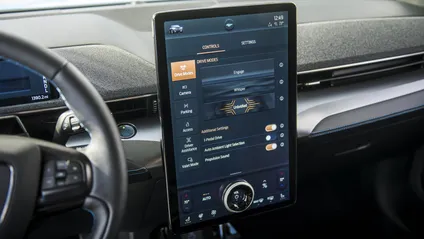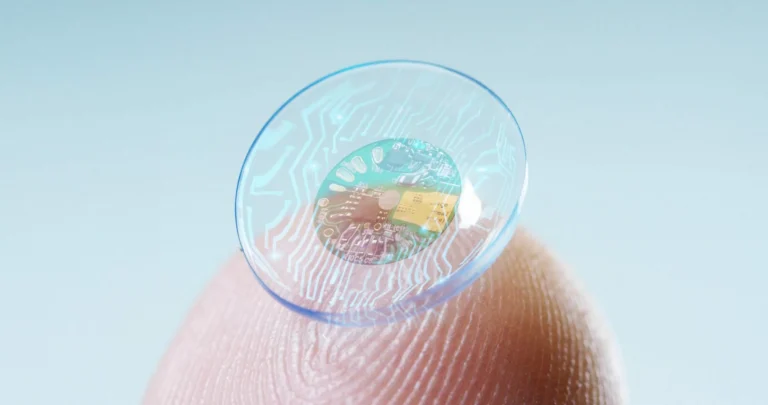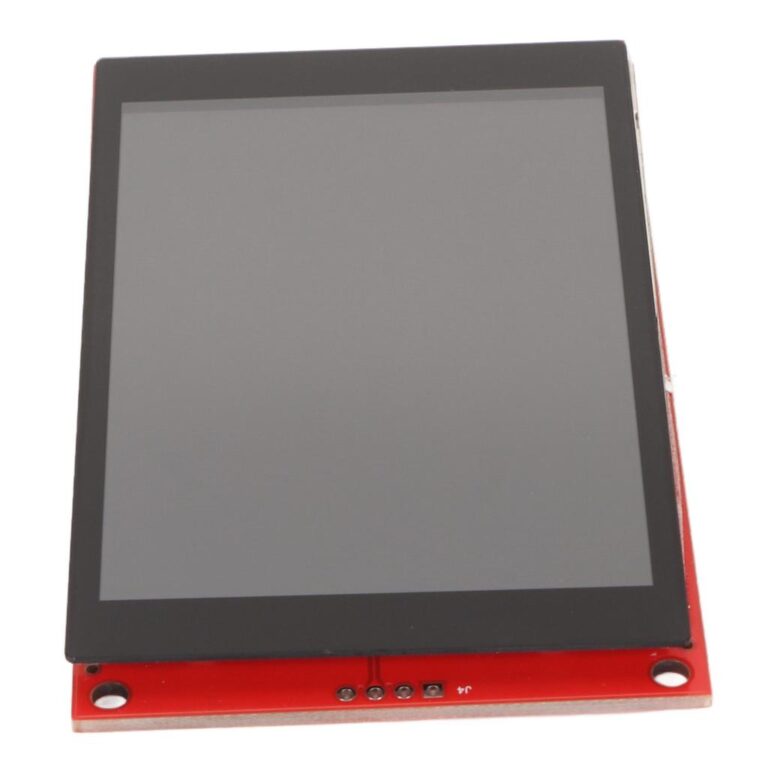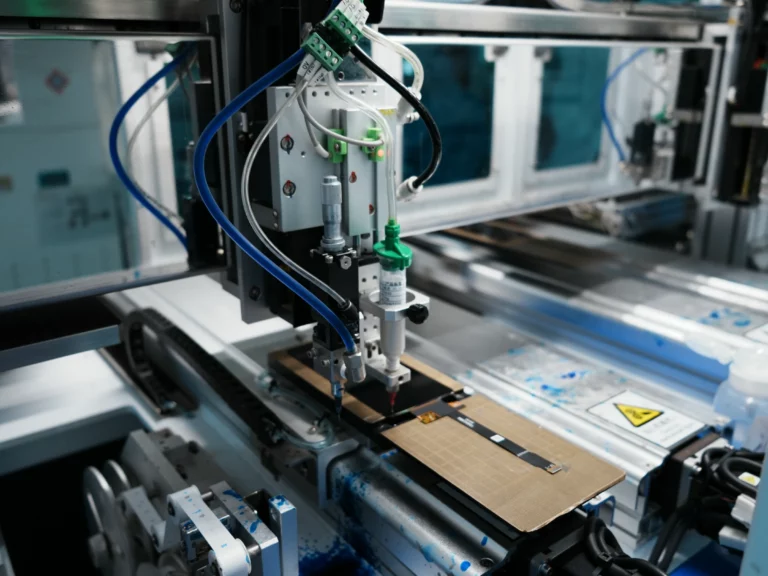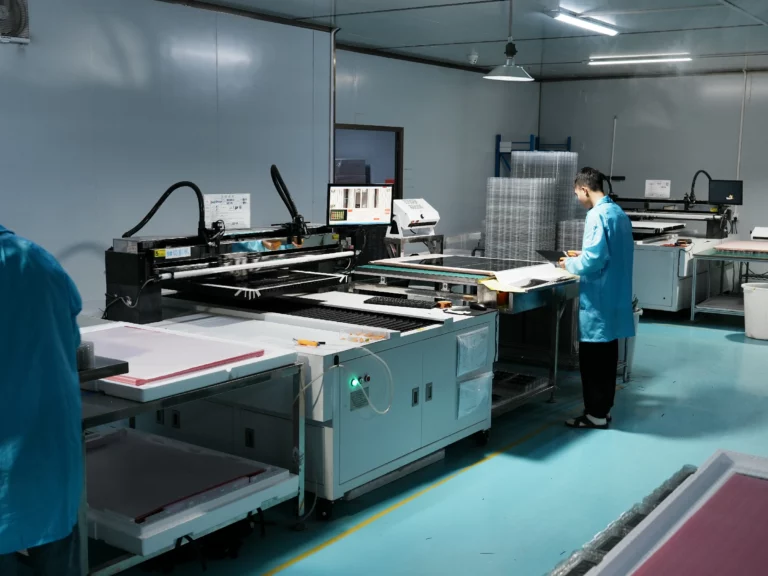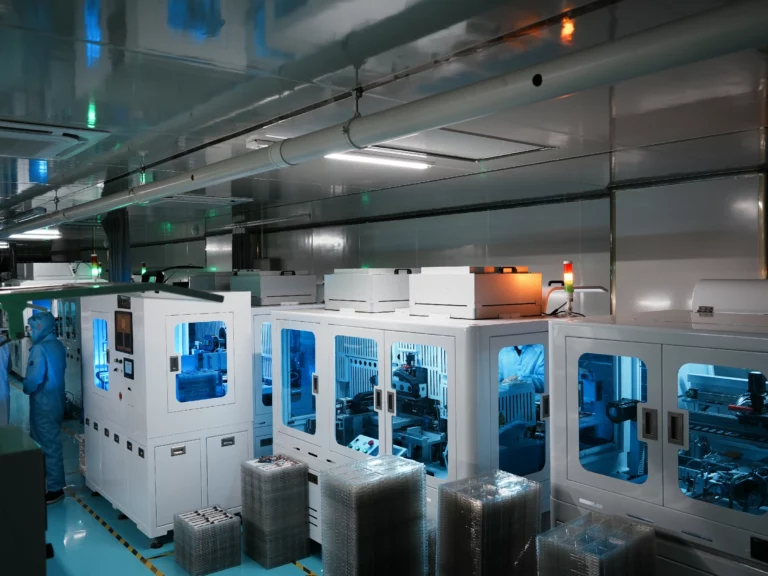What Makes a Display “Automotive-Grade”?
Unlike consumer electronics panels, an automotive-grade display is engineered to withstand extreme and unpredictable conditions:
- Temperature tolerance from -40°C to +85°C for global climates.
- High vibration and shock resistance for rugged road environments.
- 10+ years of guaranteed lifecycle support to match vehicle longevity.
- Functional safety compliance ensuring no compromise to driving safety.
This rigorous engineering ensures that automakers can deliver not just technology, but reliability and trust on the road.
Key Selling Points of Automotive-Grade Displays
Superior Visibility in All Conditions
と brightness up to 1000 cd/m² そして anti-glare treatments, drivers enjoy crystal-clear readability—even under direct sunlight.
Designed for Safety and Comfort
Wide viewing angles, glove-friendly touch, and low-latency response ensure that displays never distract, but always assist.
Long-Term Availability
Unlike consumer screens that phase out quickly, automotive-grade displays guarantee long-term availability and component stability, critical for OEM production.
Enhanced Aesthetics and Customization
Curved, freeform, or round displays seamlessly integrate into futuristic car interiors, enabling premium brand differentiation.
Applications Across the Vehicle Ecosystem
Digital Instrument Clusters
Replacing mechanical gauges, these displays deliver dynamic, customizable information at a glance.
Central Infotainment Systems
From navigation to entertainment, central displays provide drivers with personalized digital experiences.
Passenger Entertainment
Rear-seat and co-driver displays transform travel into a connected lifestyle with video, apps, and games.
Head-Up Displays (HUDs)
By projecting navigation and alerts directly onto the windshield, HUDs elevate both safety and convenience.
Why OEMs and Tier-1s Choose Automotive-Grade Displays
Car buyers demand technology-rich experiences, and automakers face the challenge of blending reliability with innovation. Automotive-grade displays deliver:
- Safety compliance with ISO 26262 standards.
- Reduced warranty risks thanks to proven durability.
- Stronger brand positioning through futuristic display integration.
- Global scalability with MIPI, LVDS, and CAN-compatible interfaces.
In short, choosing automotive-grade displays is not just about hardware—it’s about building trust and brand equity.
The Future of Automotive Displays
The road ahead is clear: displays will become larger, smarter, and more immersive. Trends shaping the next decade include:
- OLED adoption for vibrant contrast and flexibility.
- Mini-LED and micro-LED backlighting for ultra-high brightness and energy efficiency.
- シームレスなコックピット統合計器クラスター、インフォテインメント、HUDを単一のワイドディスプレイに融合
- 拡張現実インターフェース 前方視界に重ねて表示されるリアルタイムデータによる運転支援
自動車メーカーにとって、これらの表示技術の革新に対応することは 自律走行およびコネクテッドカー.
結論:車載グレードディスプレイの競争優位性
アン automotive-grade display は単なる画面ではなく 戦略的推進要素 である。 堅牢な信頼性、安全基準準拠、最先端の視覚表現を組み合わせることで、技術と信頼の間の溝を埋める。
車両のデジタル化が進む中、ディスプレイは モビリティの未来を見据える運転者の窓であり続ける。真の車載グレード技術に投資するメーカーは、 将来の智能交通エコシステムにおけるリーダーとしての地位を確立するだろう.


